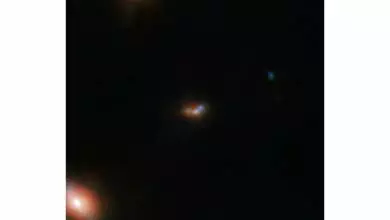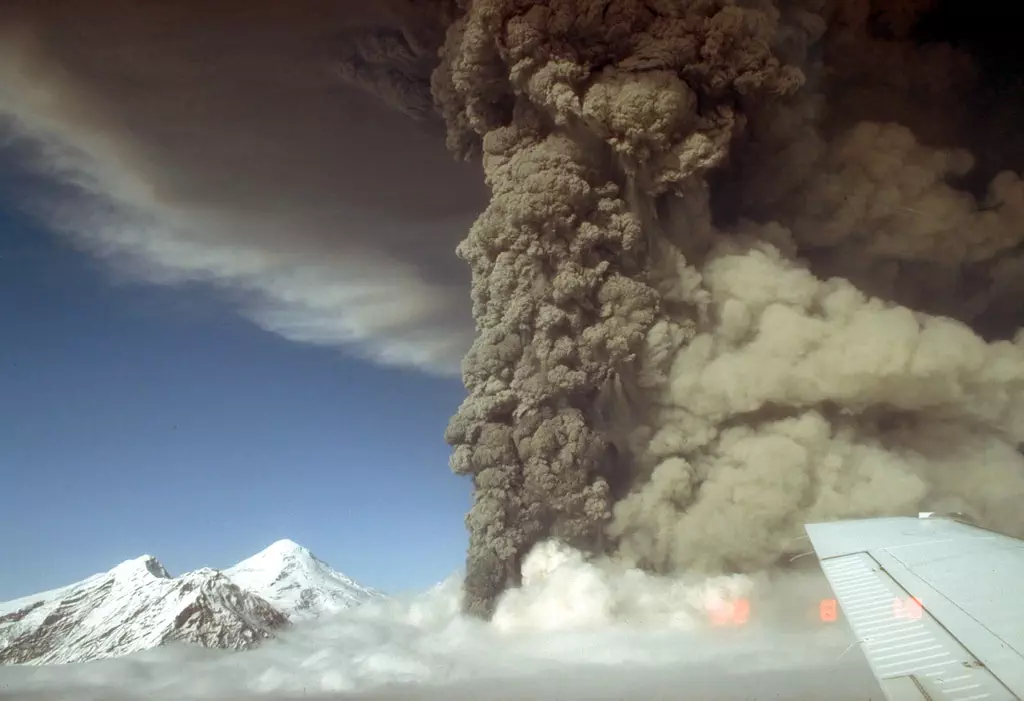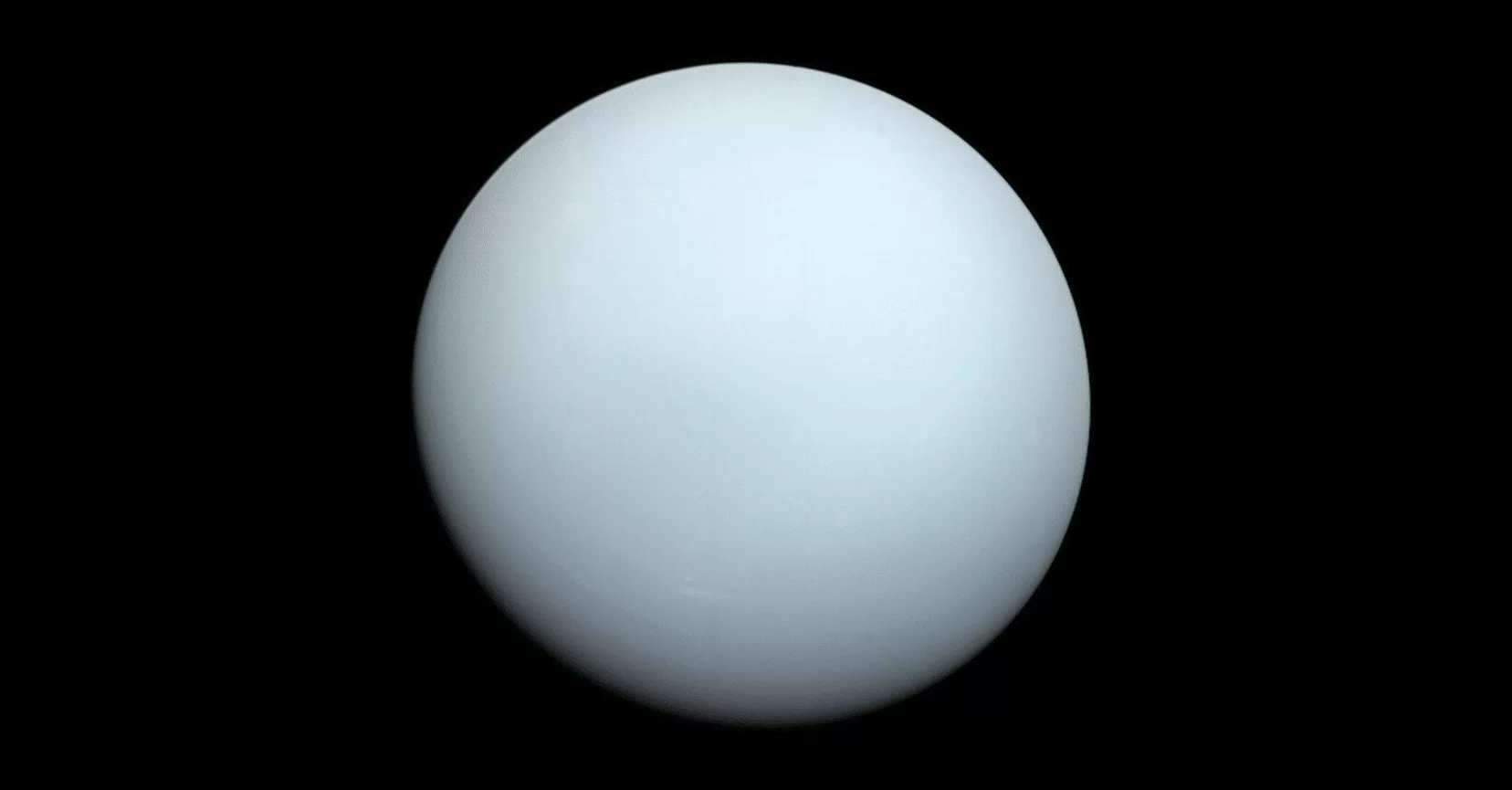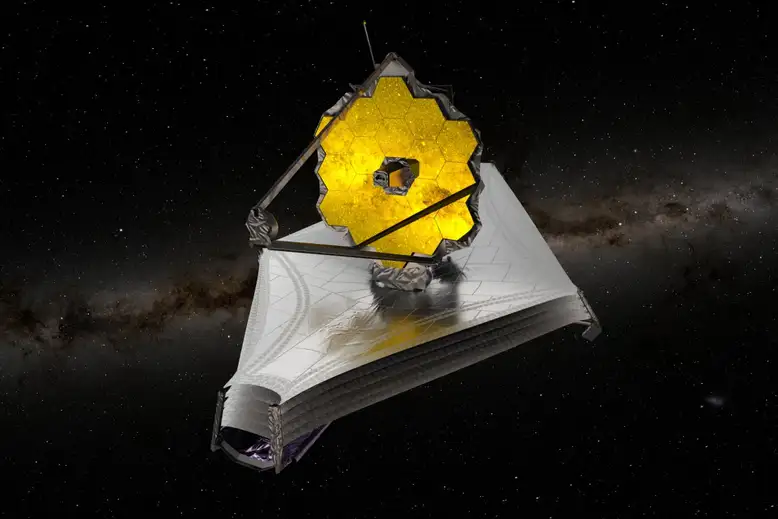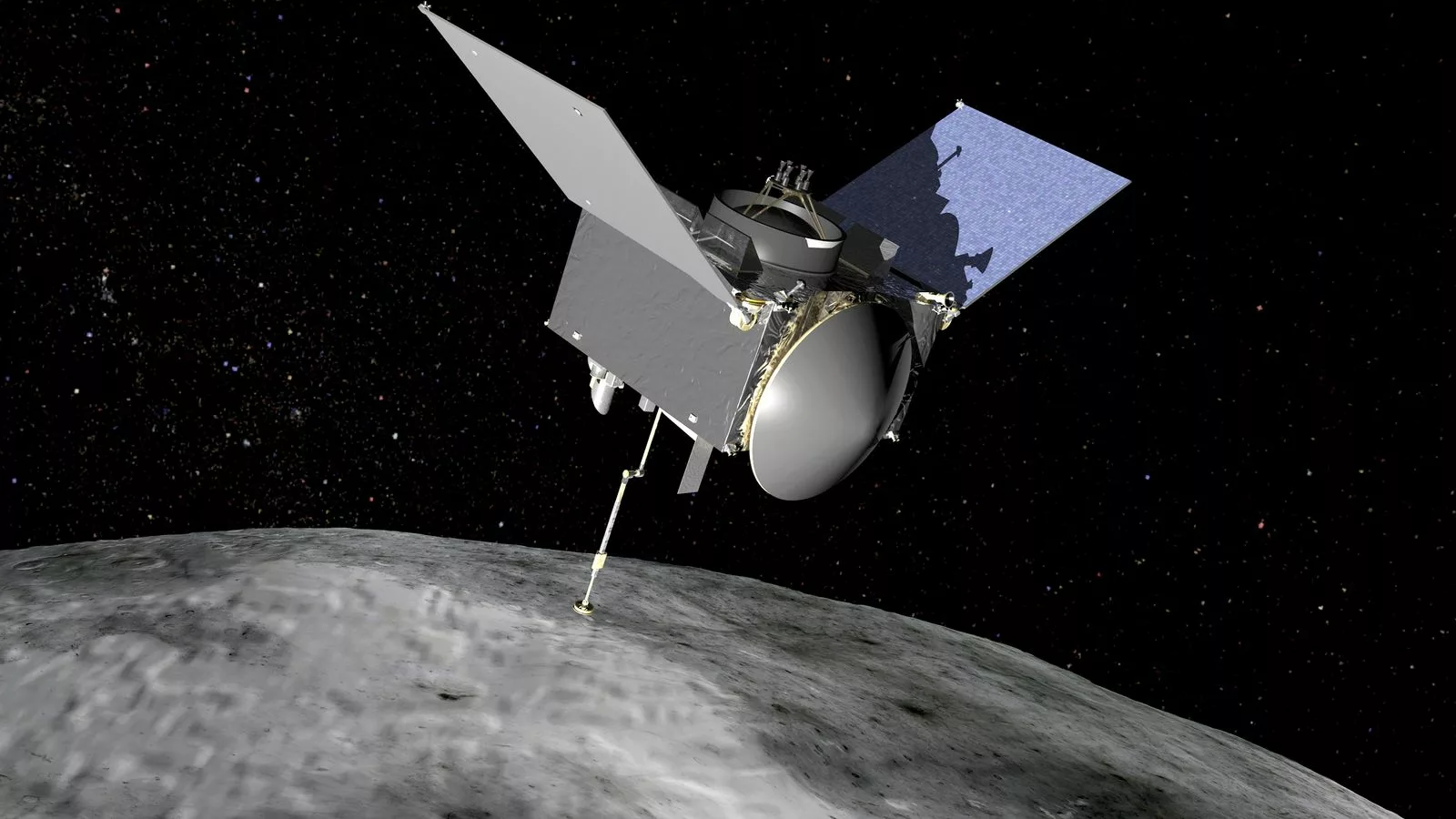
The Osiris-Rex capsule glowed hot red as it hit the upper atmosphere and descended toward Earth. Temperatures inside were expected to peak at 2,800 degrees Celsius. Parachutes were deployed near the end of their descent to drop them safely to Earth in the Utah desert.
The Osiris-Rex capsule carrying the largest sample ever collected from an asteroid has returned to Earth.
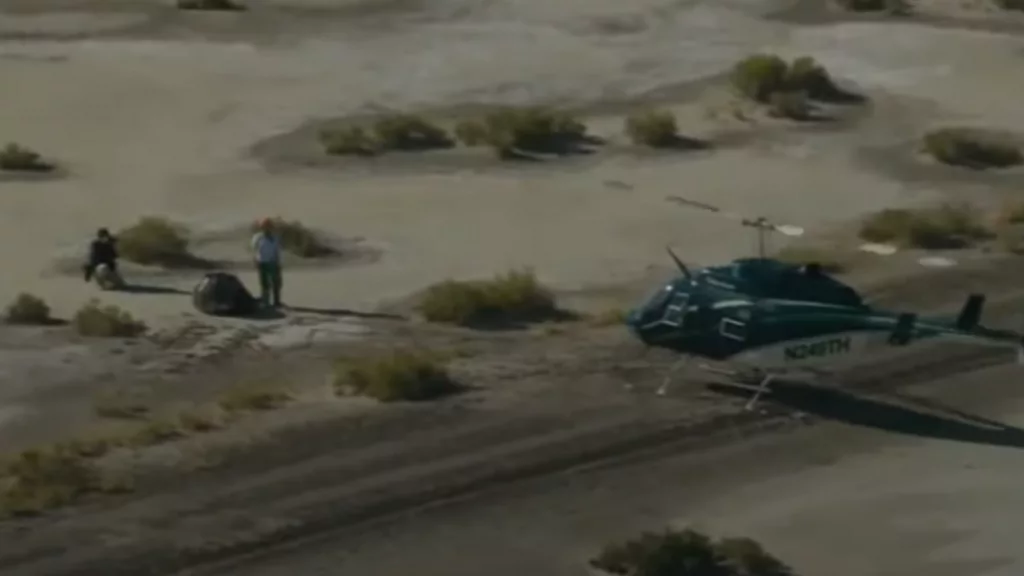
The capsule landed in the Utah desert at 3:52 pm. Contained about 250 grams of rocks and dust collected from the asteroid Bennu as part of NASA’s Osiris-Rex mission.
Experts say that the carbon-rich asteroid close to Earth serves as a time capsule. Explaining the earliest history of the solar system.
The sample is expected to provide important clues that can help us understand the origin of organic materials and water that may have led to life on Earth.
Because the sample was collected directly from the asteroid, there will be almost no contamination.
It glowed hot red as it reached the upper atmosphere. Descended toward Earth, with temperatures inside expected to peak at 2,800 degrees Celsius.
Parachutes were then deployed near the end of their descent to lower the sample safely to the ground in the Utah desert.
It’s now back in NASA’s “clean room” for testing.
In response to the landing, Queen musician Brian May, who aided the mission by helping to determine where Osiris-Rex could obtain a sample of the asteroid, said: “This box, when opened, of material from Bennu’s surface could tell us the unspeakable.” The secrets of the origins of the universe, the origins of our planet, and the origins of life itself.
“What an incredibly exciting day.”

This is the first mission by the US Space Agency to collect a sample from an asteroid. And the first by any agency since 2020.
A quarter of the sample will be given to a group of more than 200 people. From 38 institutions distributed globally. Including a team of scientists from the University of Manchester and the Natural History Museum.
The asteroid Bennu is 4.5 billion years old and is a remnant of the early solar system. It is classified as a “near-Earth object” because it passes relatively close to our planet every six years. Although the chances of a collision are considered remote,
In 2021, scientists on the Osiris-Rex team said the asteroid would likely drift into Earth’s orbit and hit the planet by September 2182. Although there is a one in 2,700 (0.037%) chance of that happening.
What is NASA’s OSIRIS-REx mission?

NASA launched the robotic Osiris-Rex spacecraft on September 8, 2016, and it arrived at the asteroid Bennu in December 2018.
The celestial body is 500 meters (1,600 feet) across, slightly wider than the height of the Empire State Building.
After mapping Bennu for nearly two years, OSIRIS-REx collected a sample from the surface on October 20, 2020. Beginning its return to Earth on May 10, 2021.
Scientists believe that studying the carbon-rich asteroid could help shed light on how planets form and evolve.
They say that Bennu serves as a time capsule for the earliest history of the solar system.
The sample is expected to provide important clues that can help us understand the origin of organic materials and water that may have led to life on Earth.
After depositing its sample on Earth. The Osiris-Rex spacecraft is expected to set sail to explore another near-Earth asteroid called Apophis.
Osiris Rex will contribute to studies crucial to understanding the formation of planets like Earth

Ashley King, Future Leaders Fellow at the UKRI Natural History Museum, said: “OSIRIS-REx spent more than two years studying the asteroid Bennu. She found evidence of organic matter and minerals chemically altered by water.
“These are critical components for understanding the formation of planets like Earth. So we are pleased to be among the first researchers to study samples returned from Bennu.
“We think the Bennu samples may be similar in composition to the recent Winchcombe meteorite fall, but largely uncontaminated by the terrestrial environment and even more pure.”
Dr Sarah Crowther, Research Fellow in the Department of Earth and Environmental Sciences at the University of Manchester, said: “It is a real honor to have been chosen to be part of the Osiris-Rex sample analysis team, working with some of the best scientists” around the world.
“We are excited to receive samples in the coming weeks and months and begin analyzing them. And learning what secrets the asteroid Bennu holds.
“Much of our research focuses on meteorites, and we can learn a lot about the history of the solar system from them.
“Meteorites get hot when they pass through Earth’s atmosphere and can remain on Earth for many years before they are found. So the local environment and weather can change or even erase important information about their formation and history.
“Sample return missions like OSIRIS-REx are vitally important because the samples returned are pristine, we know exactly which asteroid they came from, and we can ensure they were never exposed to the atmosphere, so important information is preserved.”




